Molding sands are classified according to their use into a number of varieties. These are
described as follows:
Green Sand
It is a mixture of silica sand with 18 to 30 % clay having a total water of 6 to 8 %.
Dry Sand
Green sand that has been dried or baked after the mold is made is called dry sand.
Loam Sand
Loam sand is high in clay, as much as 50 %.
Facing Sand
Facing sand forms the face of the mold. It is used directly next to the surface of the pattern and it
comes into contact with the molten metal when the mold is poured. It is made of silica sand and
clay, without the addition of used sand.
Baking Sand
Baking sand or floor sand is used to backup the facing sand and fill the whole volume of the
flask. Old repeatedly used molding sand is mainly employed for this purpose. The baking sand is
sometimes called black sand because of the fact that old, repeatedly used molding sand is black
in color due to the addition of coal dust and burning on coming in contact with molten metal.
Parting Sand
Parting sand is used to keep the green sand from sticking to the pattern and also to allow the sand
on the parting surface of the cope and drag to separate without clinging. This is clean clay free
silica sand which serves the same purpose as parting dust.
Core Sand
The sand used for making cores is called as core sand and sometimes it is called as oil sand. This
is silica sand mixed with core oil which is composed of linseed oil. Resin light mineral oil and
other binding materials.
Pattern Materials
The selection of pattern materials depends primarily on the following factors.
1. Service requirement, e.g. quantity, quality, and intricacy of casting i.e. minimum
thickness, desired degree of accuracy, and finish required
2. Type of production of castings and the type of molding process
3. Possibility of design changes
4. Number of castings to be produced, i.e. possibility of repeat orders
To be good of its kind, pattern material should be:
a. Easily worked, shaped, and joined
b. Light in weight
c. Strong, hard, and durable, so that it may be resistant to wear and abrasion, corrosion, and
to chemical action
d. Dimensionally stable in all situations
e. Easily available at low cost
f. Repairable and reused
g. Able to take good surface finish
The wide variety of pattern materials which meet these characteristics are wood and wood
products; metal and alloys; plasters; plastics and rubber; and waxes.
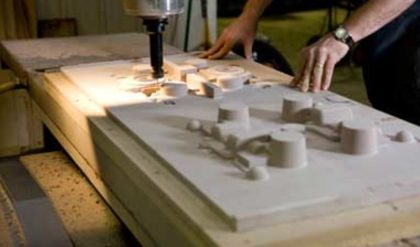
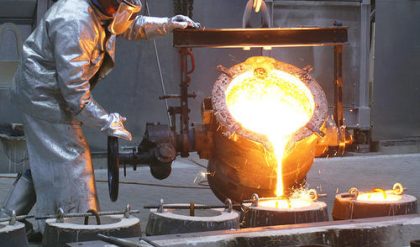
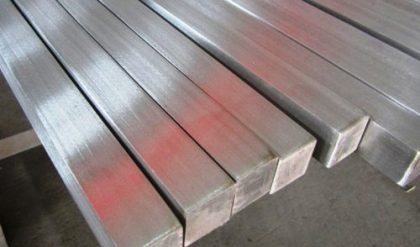

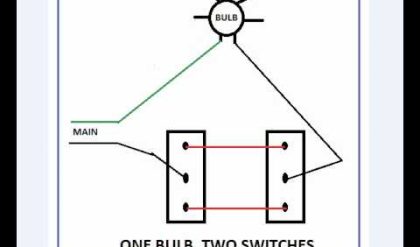
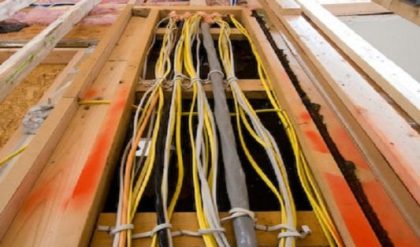
Comments are closed.